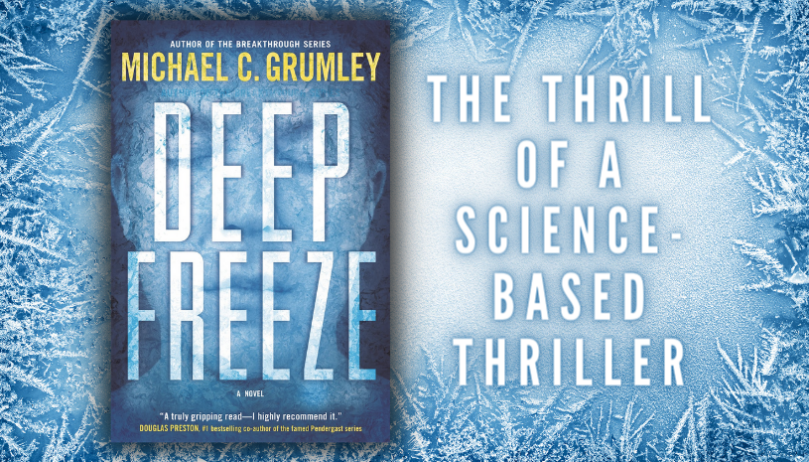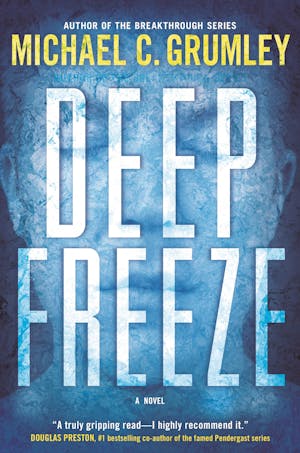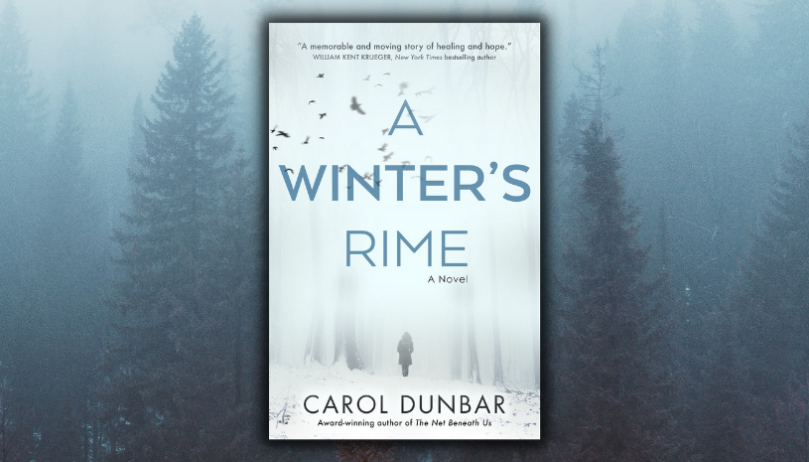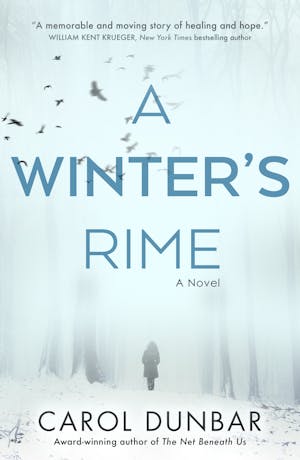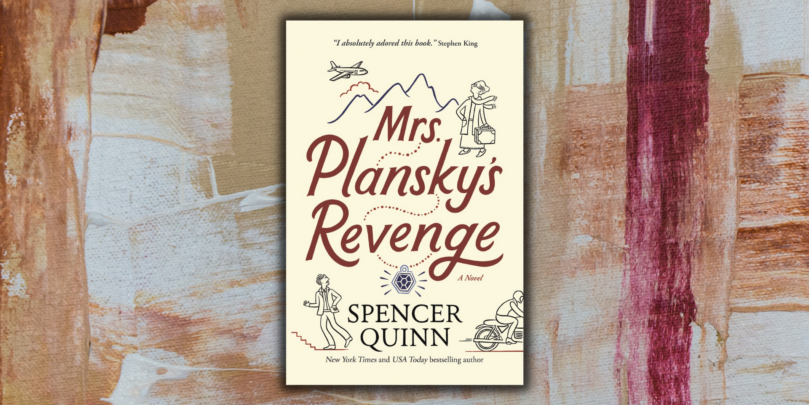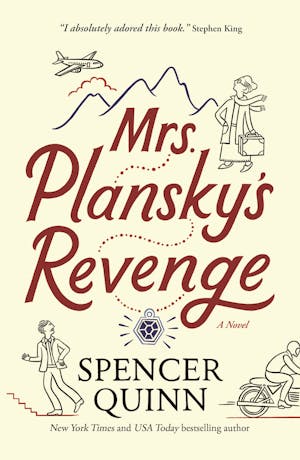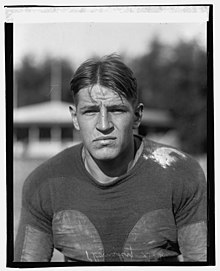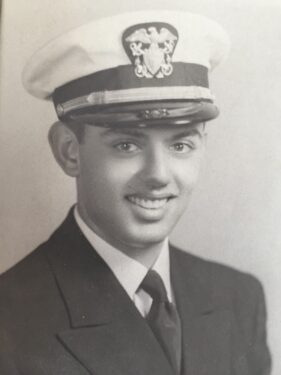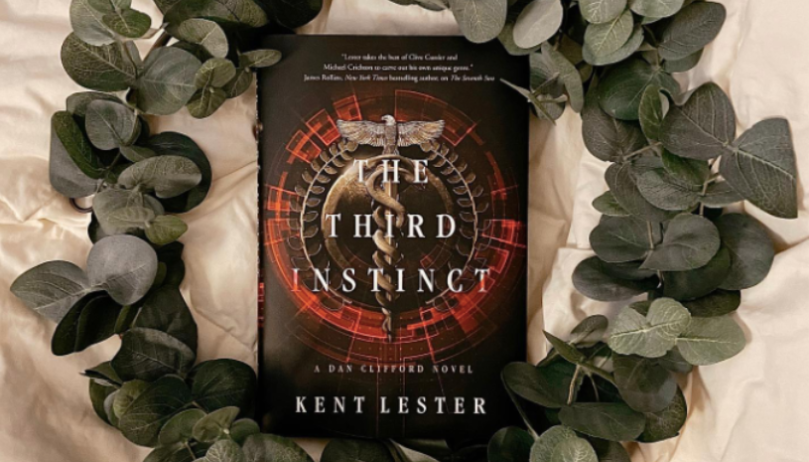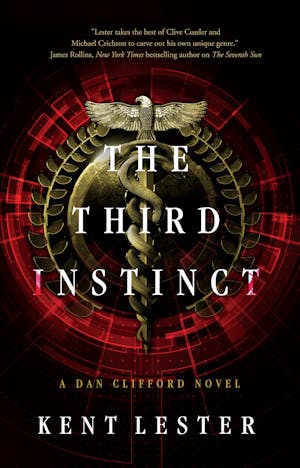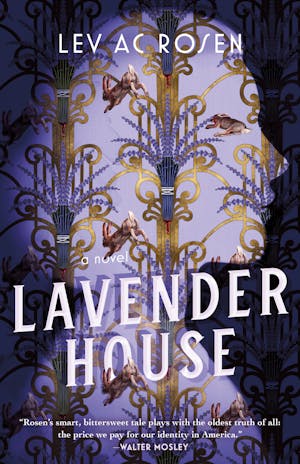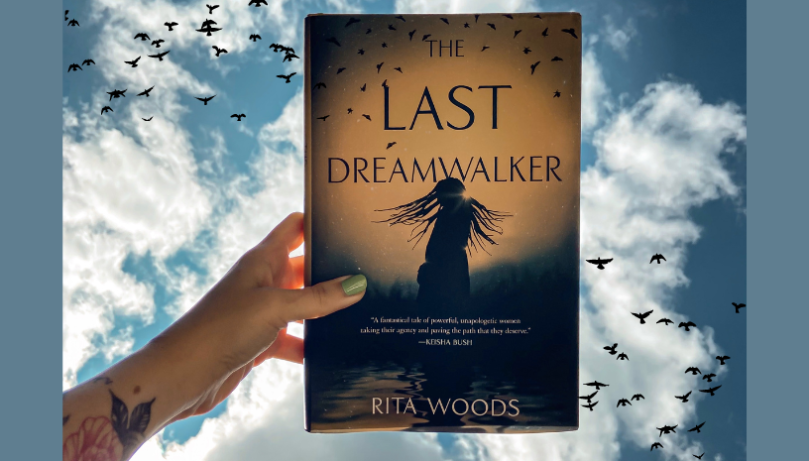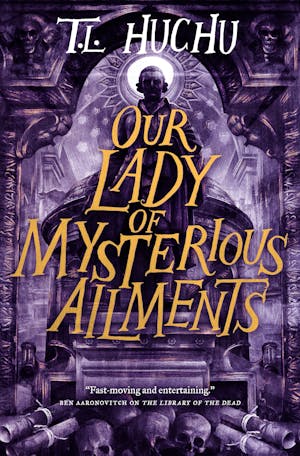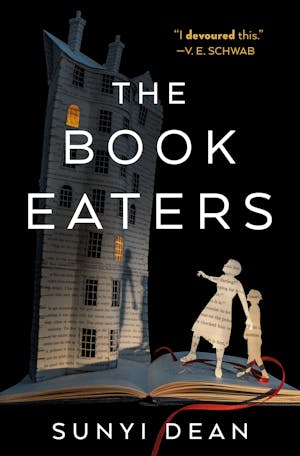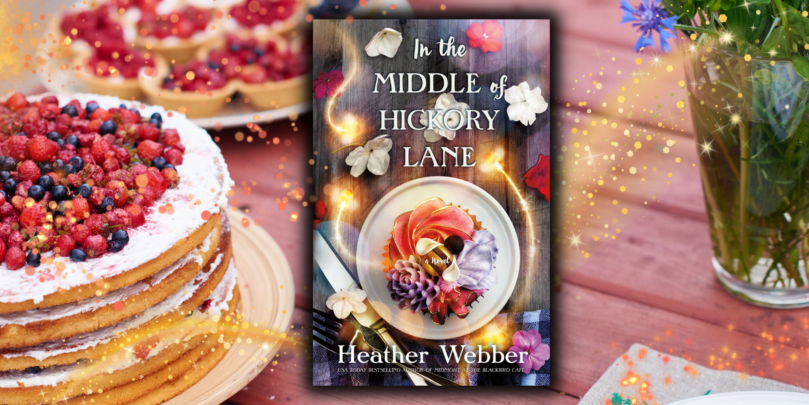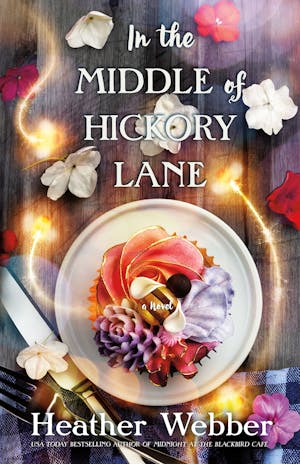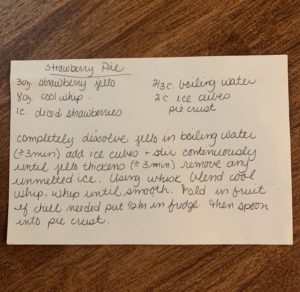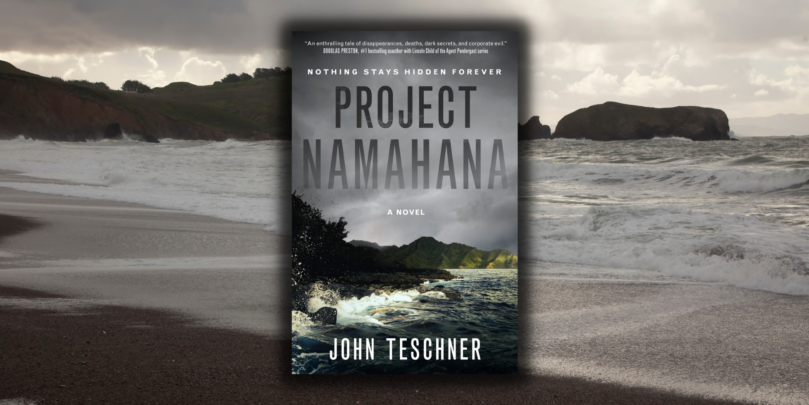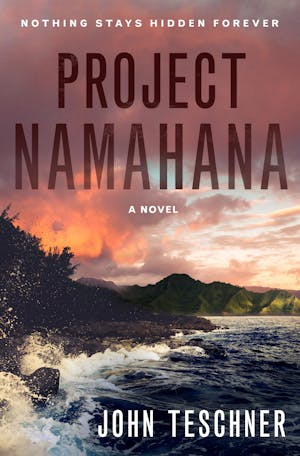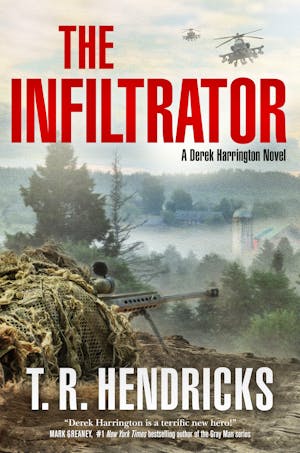 T. R. Hendricks’s Derek Harrington returns in The Infiltrator, an adventure of man vs wild—and the domestic terrorists hidden there.
T. R. Hendricks’s Derek Harrington returns in The Infiltrator, an adventure of man vs wild—and the domestic terrorists hidden there.
One year after the clash with his former students in upstate New York, retired Marine Warrant Officer and SERE instructor Derek Harrington is the tip of the FBI’s spear in their mission to eradicate the domestic terrorist group known as Autumn’s Tithe. After several successful operations, intelligence points to one final camp in the remote Kentucky wilderness, and Derek prepares to take down Autumn’s Tithe for good.
At the same time ex-FBI Special Agent Hannah Kittle, or Sarah as she is known to the group, devises a plan to meet Derek and her one-time Bureau colleagues head on. Yet her benefactor’s faith in Sarah’s ability to lead Autumn’s Tithe is waning, and other plans are being enacted. Knowing full well what it means for her should those plans succeed where she has failed, Sarah will stop at nothing to see that she is the victor.
As the competing agendas unravel, events place Derek and Sarah on a collision course, setting the stage for a confrontation that will bring Autumn’s Tithe right to Derek’s doorstep.
Read below to see T. R. Hendricks’s take on what it means to do in-depth research for the sake of writing, and how falling down ‘the research rabbit hole’ is paramount in developing precise details that’ll help build an excellent story!
By T. R. Hendricks:
Chances are that if you’re on this website right now, you’re just as familiar with the jokes and memes about writers and their research as I am. The ever classic, “If the FBI ever saw my search history,” elicits no small number of chuckles, but it also rings true with dogged perseverance. Yes, we all go down the rabbit hole at times, but in this context it is done so in the pursuit of those elusive details. The ones we know that once discovered will add an extra layer of authenticity – even credibility for having done the work – in turn elevating our manuscripts to the next level.
In the, “this will surprise no one category” there was no small amount of research into prominent components such as survival skills, military equipment and weaponry, and even the psychology of cults when writing both THE INSTRUCTOR and THE INFILTRATOR. But the devil is in the details, and those details at times required lengthy stretches searching for them. I can recall specifically with THE INSTRUCTOR (we’ll keep it here to avoid sequel spoilers) numerous ventures into the undiscovered country that is the world wide web.
There was one iteration researching the Yankees schedule in early summer of 2018 that resulted in a blowout win. In a podcast I recently did, I explained how I had to spend an hour searching for the USMC regulation articulating the number of folds and measurements of each for the sheet and blanket on recruit racks (beds) just to be certain my Army upbringing didn’t skew that point. “How long to bleed out from a puncture wound of the femoral artery” I’m sure made a great addition to my NSA watch list tally, especially since I made one of those memes I mentioned earlier out of it.
The physics of beaver dams. Velocity of a ball bearing fired from a slingshot. Man traps utilized by the Viet Cong. The physiology of envenomation by bamboo vipers and timber rattlers on the human body. Fun times.
I’m of the opinion that this research, even if delving into hours-long rabbit hole sessions, not only counts as writing, but is indicative of talent that manages to blend them into the story so that they are seamless rather than just window dressing. It may be that the research is limited in its application. For a recent project I’m working on, I spent two weeks getting the details down for a single chapter. Other times the research may result in only a paragraph, even a sentence. Sometimes you’ll never use them at all, because the idea that spawned the search didn’t materialize in the story. Other times you’ll nail it, and then have to kill that precious research bunny darling in the editing phase.
My point being, the rabbit holes are a necessary process (provided you stay on topic and don’t miss deadlines because of it – looking at you, TikTok.) The time put into research early on will manifest into productivity later because you know exactly what you want to say with the details to back it up. Moreover, that single chapter/paragraph/sentence could mean all the difference between readers saying, “this author gets it” and “this author hasn’t the first clue what they’re talking about.” Yikes. I’m sure you’ll agree that we’re all trying our damnedest to avoid the preposterous-induced eye roll.
All that said, I thought it might be a fun take to show you how I arrived at the bottom of a particularly long hare hollow. This journey relates to both preliminary overall plot construction and specific scene orchestration elements for the yet-to-be-title-revealed third installment in the Derek Harrington series. Reader beware: beyond this point is a front row seat to how my mind chains stuff together.
No shit, there I was (obligatory Army vernacular to start the story) sitting down to an afternoon free of obligations, save for the blank page on my screen and the keys beneath my fingers. First I needed a remote location to set the scene, but not too remote. There needed to be an airport nearby and a town large enough to accommodate the presence of a VA hospital or clinic. I settled on a place in Michigan, which then led to the next need, a Mom and Pop coffee shop in said town, complete with their menu and specialty caffeinated concoctions.
To work another angle, I drifted into U.S. Government Accountability Office reports and a congressional mandated assessment on the current state of Veterans Affairs infrastructure (stimulating reading, by the way). For a conversation in the upcoming scene, I needed to search for terminology denoting the study of the way in which certain body movements and gestures serve as a form of nonverbal communication (it’s kinesics). Obligatory hardware searches into the Army’s next generation rifle followed, so as to give my sentries the latest in available weaponry.
Do you know what corner of the U.S. government handles experimental web hosting? Yeah, neither did I. To facilitate the ensuing conversation resulting from the kinesics dialogue, I then went diving for that little nugget. Turns out there’s a whole organization called the Defense Information Systems Agency. Who knew?
The set up for a character introduction turned into looking up the various departments within the FBI, most notably what would be considered Internal Affairs for the Bureau. However, as I wanted this character to be a woman of Israeli-American descent, I then ventured into dual citizenship requirements between the two countries, which chained into female combat positions within the IDF, which prompted a prolonged search for a PDF copy of a Krav Maga combatives manual, and ultimately landed me in a search for the top ten most beautiful Israeli women in the world to model my character’s appearance after (I can assure you that any lingering on this last search parameter was purely for character development).
To make a comparison to turbulence, I wanted to reference a mechanical bull. My next search was, “Average mechanical bull ride times for beginners.” However, to accurately place the bull in Derek’s backstory, I had to spend the next few minutes venturing into the location of the USMC’s School of Infantry. After finding it was Camp Lejeune, I had to then research what the School of Infantry’s weekend liberty policy was, to see if it was even feasible that a young boot Derek would be allowed to venture into a bar in nearby Jacksonville, North Carolina to witness and/or participate in a mechanical bull ride.
Since I had now introduced turbulence during a flight – a flight involving a prisoner transfer – further down the tunnel I went. Stick with me here. I started with the Justice Prisoner and Alien Transportation System utilized by the Federal Bureau of Prisons and Immigration and Customs Enforcement. This turned into research on the aircraft assets available internally to the Department of Justice, which subsequently led back to another GAO report on the misappropriation of DOJ aircraft (again, riveting stuff).
Thus ruling out the government’s air transportation, I turned to researching the types, range, passenger capacity, and cost of chartered private jets. These planes had to then be cross-referenced with the size of the airport in the town I picked in Michigan, plus the nautical miles necessary to travel to New Jersey, to ensure that the jet I chose would both have the fuel to make the trip and capability to land on the runways in both locations.
Having arrived at the end of my three and a half hour writing session, I saw that the research rabbit hole had allowed me to produce a whopping 309 words. However, they were 309 highly detailed and accurate words that lent themselves to not only authenticity, but also critical and convincing components to the story. Do I wish I had put more down that day? Sure. Do I regret spending that much time burrowing? Not at all.
This is how I like to write. It’s the level of exactness I want to get to. Sure, some details could be fictionalized. I could easily extend the runway in my Michigan town if I needed to. Things like that fall in the reasonable suspension of disbelief all the time, and I make allowances for them when necessary. But for the others, the ones that shouldn’t be glossed over, this is the pursuit that in my humble opinion, takes a story from good to great.
So yeah, stop worrying about time spent searching. Go ahead and follow the rabbit to that elusive tidbit. This session might have only been 309 words, but having done the work, future sessions would be in the thousands. If it’s your style, look for those details until it makes your writing pop and your heart content. Just make sure you don’t branch off (at least not too much).
Gal Gadot is quite distracting. I get it.
Click below to pre-order your copy of The Infiltrator, available April 23rd, 2024!





 A crime would bring them together, grief would bind them and love would make them famous.
A crime would bring them together, grief would bind them and love would make them famous.






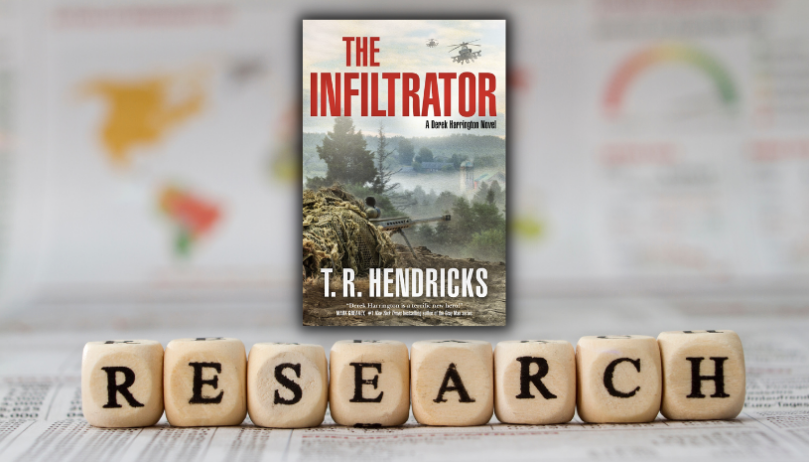
 T. R. Hendricks’s Derek Harrington returns in The Infiltrator, an adventure of man vs wild—and the domestic terrorists hidden there.
T. R. Hendricks’s Derek Harrington returns in The Infiltrator, an adventure of man vs wild—and the domestic terrorists hidden there.